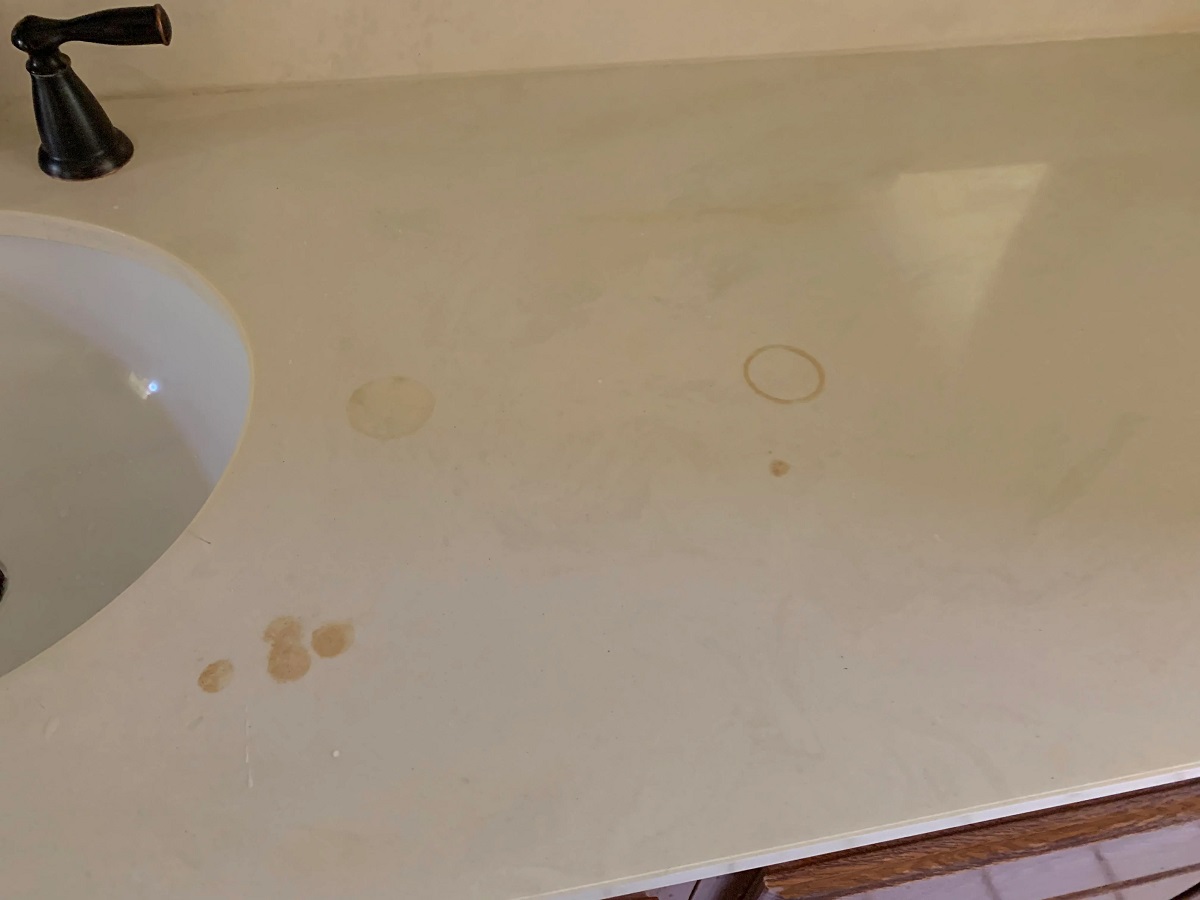

Articles
How To Remove Stains From Marble Vanity Tops
Modified: February 22, 2024
Learn effective techniques and tips to remove stubborn stains from marble vanity tops in our comprehensive articles.
(Many of the links in this article redirect to a specific reviewed product. Your purchase of these products through affiliate links helps to generate commission for Storables.com, at no extra cost. Learn more)
Introduction
Marble vanity tops are a luxurious and elegant addition to any bathroom or dressing area. They exude a timeless beauty that can instantly transform the look and feel of a space. However, just like any other surface, marble is susceptible to stains. Whether it’s a splash of makeup, a spill of wine, or an accidental mishap with a chemical cleaner, stains can quickly mar the pristine appearance of your marble vanity top.
In this article, we will explore effective methods and techniques to remove stains from marble vanity tops. Whether you are dealing with organic stains, oil-based stains, acid-based stains, or even scratches, we have got you covered. Additionally, we will discuss the importance of regular cleaning, the proper precautions to take, and how to keep your marble vanity top looking its best through polishing and sealing.
Before we delve into the specific stain removal techniques, it is essential to mention that prevention is always better than cure. To minimize the risk of stains on your marble vanity top, it is crucial to take proactive measures. For instance, always use coasters or trays to prevent direct contact between any potentially staining substances and the marble surface. It is also advisable to immediately wipe up any spills or splatters using a soft, damp cloth.
Now, let’s jump into the different types of stains that can affect your marble vanity top and how you can effectively remove them.
Key Takeaways:
- Effective stain removal for marble vanity tops involves tailored techniques for organic, oil-based, acid-based stains, and scratches. Precautions, gentle cleaning, and patience are crucial for successful restoration and maintenance.
- Regular polishing, sealing, and gentle cleaning with non-acidic products are essential for preserving the beauty of marble vanity tops. Prevention, spot testing, and professional assistance when needed ensure long-lasting elegance and luxury.
Read more: How To Remove Stains From Vanity Top
Types of Stains on Marble Vanity Tops
Marble vanity tops can be vulnerable to various types of stains. Understanding the different types of stains will help you choose the appropriate stain removal method and achieve the best results.
1. Organic Stains: These stains are caused by organic substances such as coffee, tea, wine, fruit juices, and food. They can leave behind dark, discolored spots on the marble surface.
2. Oil-Based Stains: Oil-based stains occur when substances like cooking oils, cosmetics, or lotions come into contact with the marble surface. They can leave greasy marks or discoloration on the vanity top.
3. Acid-Based Stains: Acidic substances like vinegar, lemon juice, or certain cleaning products can etch the marble surface and leave behind dull, light-colored marks or spots.
4. Scratches: While not technically stains, scratches can also detract from the appearance of your marble vanity top. They can be caused by abrasive materials, sharp objects, or improper cleaning techniques.
Each type of stain requires a specific approach for effective removal. In the following sections, we will explore various stain removal methods to tackle the different types of stains on your marble vanity top.
Precautions and Safety Measures
Before you begin the stain removal process on your marble vanity top, it is crucial to take certain precautions to protect both the marble and yourself. Here are some important safety measures to keep in mind:
1. Ventilation: Ensure proper ventilation in the area where you’ll be working. Open windows or use fans to keep the air circulating and prevent the buildup of fumes from cleaning agents.
2. Protective Gear: Wear gloves to protect your hands and avoid direct contact with any chemicals or cleaning agents. Additionally, consider using safety goggles to shield your eyes from any potential splashes.
3. Testing: Always perform a spot test on a small, inconspicuous area of the marble vanity top before using any cleaning or stain removal method. This will help you determine the suitability of the method and avoid any potential damage to the marble.
4. Gentle Cleaning: When cleaning the marble surface, use a soft cloth or sponge. Avoid using abrasive materials or harsh scrub brushes, as they can scratch or damage the marble.
5. Non-Acidic Cleaners: Avoid using acidic cleaners, such as vinegar or lemon juice, on your marble vanity top. These can etch the surface and cause irreversible damage.
6. Immediate Cleaning: Clean up spills and stains as soon as possible to prevent them from setting into the marble. Prompt action can greatly increase the chances of successful stain removal.
By following these precautions and safety measures, you can ensure the protection and longevity of your marble vanity top while effectively removing stubborn stains.
General Cleaning Tips
Regular cleaning of your marble vanity top is essential to maintain its beauty and prevent the buildup of dirt and grime. Here are some general cleaning tips to keep in mind:
1. Use a Soft Cloth: When cleaning your marble vanity top, opt for a soft, lint-free cloth. Microfiber cloths work well for gently wiping down the surface without scratching it.
2. Mild Soap and Water: Start by cleaning the marble surface with a mixture of mild dish soap and warm water. Avoid using harsh or abrasive cleaners, as they can damage the marble. Dip the cloth in the soapy water, wring out excess moisture, and gently wipe down the vanity top.
3. Rinse Thoroughly: After cleaning with soapy water, rinse the marble surface with clean water to remove any soap residue. This step is crucial to prevent any buildup on the marble.
4. Dry with a Soft Cloth: Once the marble surface is clean, use a soft cloth to dry it thoroughly. This will eliminate any moisture that could lead to water spots or stains.
5. Avoid Excessive Moisture: When cleaning your marble vanity top, avoid using excessive amounts of water. Excess moisture can seep into the marble and potentially cause damage.
6. Regular Dusting: To prevent the accumulation of dust and debris, make sure to regularly dust your marble vanity top with a soft cloth or a microfiber duster.
Remember, consistent and gentle cleaning is key to maintaining the beauty and longevity of your marble vanity top. By incorporating these general cleaning tips into your routine, you can keep your marble looking pristine for years to come.
Removing Organic Stains
Organic stains, such as those caused by coffee, tea, wine, fruit juices, and food, can be stubborn to remove from a marble vanity top. However, with the right approach, you can effectively eliminate these stains. Here’s how:
1. Blot the Stain: If the spill is fresh, start by blotting the stain with a clean, absorbent cloth or paper towel. This will help remove excess liquid and prevent it from seeping deeper into the marble.
2. Create a Poultice: Mix a poultice using baking soda and water to create a thick paste. Apply the paste to the stained area, ensuring it covers the entire stain. Leave the poultice on the stain for at least 24 hours to allow it to draw out the stain.
3. Gently Scrub: After the poultice has dried, use a soft brush or sponge to gently scrub the stained area. Be careful not to apply excessive pressure, as this could damage the marble surface.
4. Rinse and Dry: Once you have scrubbed the stain, rinse the area thoroughly with clean water to remove any residue. Dry the marble surface with a soft cloth.
5. Repeat if Necessary: Depending on the severity of the stain, you may need to repeat the poultice and scrubbing process multiple times to completely remove the organic stain.
It’s important to note that if the organic stain has penetrated deep into the marble or has been left untreated for an extended period, professional assistance may be required to ensure successful stain removal without damaging the marble.
By following these steps and being patient with the stain removal process, you can effectively eliminate organic stains and restore the beauty of your marble vanity top.
Use a mixture of mild dish soap and warm water to gently scrub the stain. Avoid using acidic or abrasive cleaners as they can damage the marble. Rinse with clean water and dry with a soft cloth.
Removing Oil-Based Stains
Oil-based stains, such as those caused by cooking oils, cosmetics, or lotions, can leave unsightly marks on your marble vanity top. Fortunately, there are effective methods to remove these stains. Follow these steps:
1. Blot the Stain: If the oil-based substance has recently spilled onto the marble surface, start by blotting the stain with a clean cloth or paper towel. This will help absorb excess oil and prevent it from spreading.
2. Mild Dish Soap and Water: Create a solution of mild dish soap and warm water. Dip a soft cloth or sponge into the soapy water and gently clean the oil stain. Be sure to cover the entire stained area.
3. Rinse and Dry: After cleaning with the soapy water, rinse the area thoroughly with clean water. Ensure that all soap residue is removed. Use a soft cloth to dry the marble surface.
4. Assess the Stain: If the oil-based stain persists, you can try using a commercial marble cleaner specifically designed for removing oily stains. Follow the instructions on the cleaner’s packaging and test it on a small, inconspicuous area first.
5. Poultice Method: If the stain still remains, you can create a poultice using an absorbent material like baking soda or talcum powder. Mix the chosen absorbent material with acetone to form a paste. Apply the paste to the stain and cover it with plastic wrap. Leave it on for several hours or overnight to allow it to draw out the oil from the marble.
6. Scrub and Rinse: After the poultice has dried, gently scrub the area with a soft brush or sponge. Rinse the surface thoroughly with clean water and dry with a soft cloth.
If your marble vanity top continues to have stubborn oil-based stains that cannot be removed with these methods, it may be necessary to seek professional assistance to restore the surface to its original beauty.
By following these steps and using appropriate cleaning methods, you can effectively remove oil-based stains from your marble vanity top and keep it looking flawless.
Removing Acid-Based Stains
Acid-based stains, such as those caused by vinegar, lemon juice, or certain cleaning products, can etch the surface of your marble vanity top and leave behind light-colored marks or spots. While these stains can be challenging to remove, it is possible to minimize their appearance. Follow these steps:
1. Identify the Etch Marks: Acidic stains often result in a dull, light-colored mark on the marble surface. Before proceeding with any cleaning method, it is important to confirm that the stain is indeed caused by etching and not by another type of stain.
2. Marble Polishing Powder: To remove acid-based stains, you will need to use a marble polishing powder. Wet the stained area with water, then sprinkle the polishing powder onto the dampened surface.
3. Polish the Stain: Using a soft cloth or a buffing pad, gently work the marble polishing powder into the stain. Follow the instructions on the polishing powder packaging for the proper application technique and duration.
4. Rinse and Dry: Once you have polished the stain, rinse the area thoroughly with clean water to remove any residue from the polishing powder. Dry the marble surface with a soft cloth.
5. Evaluate the Results: Check the stained area to see if the acid-based stain has significantly diminished or disappeared. If necessary, you may repeat the polishing process to further improve the appearance of the stain.
It’s important to note that deep, severe etching caused by strong acids may require professional assistance to repair and restore the marble surface.
Prevention is key when dealing with acid-based stains. Always avoid using acidic substances or cleaners on your marble vanity top. Wipe up any spills or splatters immediately to minimize their contact with the marble.
By following these steps and using a marble polishing powder, you can potentially reduce the appearance of acid-based stains on your marble vanity top and restore its natural beauty.
Removing Scratches
Scratches on your marble vanity top can be unsightly and can detract from its overall appearance. While it may be challenging to completely remove deep scratches, there are steps you can take to minimize their visibility. Here’s how to tackle scratches on your marble vanity top:
1. Evaluate the Depth: Assess the depth of the scratches on your marble surface. Superficial scratches that have only affected the surface layer may be easier to address compared to deeper scratches that have penetrated the marble.
2. Marble Polishing Powder: For minor scratches, you can use a marble polishing powder. Mix the powder with water to create a thick paste, then apply it to the scratched area. Use a soft cloth or a buffing pad to gently rub the paste into the scratch in a circular motion. This can help to buff and minimize the appearance of the scratch.
3. Sandpaper or Diamond Polishing Pads: For deeper scratches, you may need to use a finer grit sandpaper or diamond polishing pads. Start with a coarse grit and gradually work your way to a finer grit, following the manufacturer’s instructions. Use light pressure and keep the surface moist to avoid generating excessive heat.
4. Polishing Compound: After sanding, apply a marble polishing compound to restore shine and smoothness to the scratched area. Use a soft cloth or a buffing pad to gently work the compound into the marble surface.
5. Rinse and Dry: Once you have finished the scratch removal process, rinse the area thoroughly with clean water and dry it with a soft cloth.
It’s important to note that deep, substantial scratches may require professional assistance. A marble restoration specialist can use techniques like honing or grinding to address deep scratches and achieve a uniform appearance.
To prevent future scratches, use coasters or trays to protect the marble surface from abrasive objects or sharp utensils. Clean the vanity top regularly with gentle methods to avoid further damage.
While complete removal of deep scratches may be challenging, by following these steps and taking preventative measures, you can minimize the visibility of scratches and restore the beauty of your marble vanity top.
Polishing and Sealing Marble Vanity Tops
Polishing and sealing marble vanity tops is an essential step in maintaining their beautiful appearance and protecting them from future stains and damage. Here’s a guide on how to properly polish and seal your marble vanity top:
1. Clean the Surface: Before polishing and sealing, ensure that the marble surface is clean and free from any dust, debris, or stains. Use a gentle cleaning method, such as mild dish soap and water, to remove any surface contaminants. Rinse thoroughly and dry with a soft cloth.
2. Choose a Marble Polish: Select a high-quality marble polish specifically designed for vanity tops. Ensure that the polish is suitable for the type of marble you have and follow the instructions provided by the manufacturer.
3. Apply the Marble Polish: Apply a small amount of the marble polish onto the surface of the vanity top. Use a soft cloth or a buffing pad to gently work the polish into the marble in gentle, circular motions. Continue applying the polish until you achieve the desired level of shine and smoothness.
4. Buff the Surface: After applying the marble polish, use a clean, dry cloth or buffing pad to buff the surface of the vanity top. This helps to remove any excess polish and further enhance the shine.
5. Allow the Polish to Set: Allow the marble polish to set and dry according to the instructions provided by the manufacturer. This ensures that the polish effectively bonds with the marble surface and provides long-lasting protection.
6. Apply a Marble Sealer: Once the marble polish has dried, it is recommended to apply a marble sealer to provide additional protection. Select a sealer specifically formulated for marble and follow the instructions carefully. Apply the sealer evenly across the entire surface of the vanity top and allow it to dry completely.
7. Regular Maintenance: To maintain the polish and seal of your marble vanity top, it is important to follow a regular cleaning and maintenance routine. Use only mild, non-acidic cleaners specifically designed for marble surfaces. Avoid using abrasive materials or harsh chemicals that can damage the marble or strip away the sealant.
By regularly polishing and sealing your marble vanity top, you can enhance its natural beauty, protect it from stains and scratches, and extend its lifespan.
Read more: How To Cut Marble Vanity Top
Conclusion
Marble vanity tops add a touch of elegance and luxury to any bathroom or dressing area. However, they are not immune to stains, scratches, and etching. With the right knowledge and techniques, you can effectively remove stains and restore the beauty of your marble vanity top.
By understanding the different types of stains that can affect marble surfaces, such as organic stains, oil-based stains, acid-based stains, and scratches, you can tailor your cleaning approach accordingly. Taking precautions and following safety measures is crucial to protect both the marble and yourself during the stain removal process.
General cleaning tips, such as using a soft cloth, mild soap, and water, and regular dusting, help maintain the cleanliness of your marble vanity top. Removing organic stains can be achieved through blotting, creating a poultice, scrubbing, and repeating the process if necessary.
For oil-based stains, the use of mild dish soap, water, and commercial marble cleaners can be effective. Acid-based stains require the use of marble polishing powder and a careful polishing technique to minimize their appearance.
When dealing with scratches on your marble vanity top, using marble polishing powder, sandpaper, and polishing compounds can help diminish the visibility of the scratches, but deep scratches may require professional assistance.
Lastly, proper polishing and sealing of your marble vanity top are essential to maintain its beauty and protect it from future stains and damage. Regular maintenance and cleaning using mild, non-acidic cleaners will help preserve the polish and seal of your marble surface.
By following these guidelines, you can effectively remove stains, minimize scratches, and maintain the pristine appearance of your marble vanity top for years to come. Remember to take preventative measures, perform spot tests, and seek professional help when needed to ensure the best results.
With proper care and maintenance, your marble vanity top will continue to be a stunning focal point in your bathroom, adding a touch of elegance and sophistication to your space for many years to come.
Frequently Asked Questions about How To Remove Stains From Marble Vanity Tops
Was this page helpful?
At Storables.com, we guarantee accurate and reliable information. Our content, validated by Expert Board Contributors, is crafted following stringent Editorial Policies. We're committed to providing you with well-researched, expert-backed insights for all your informational needs.
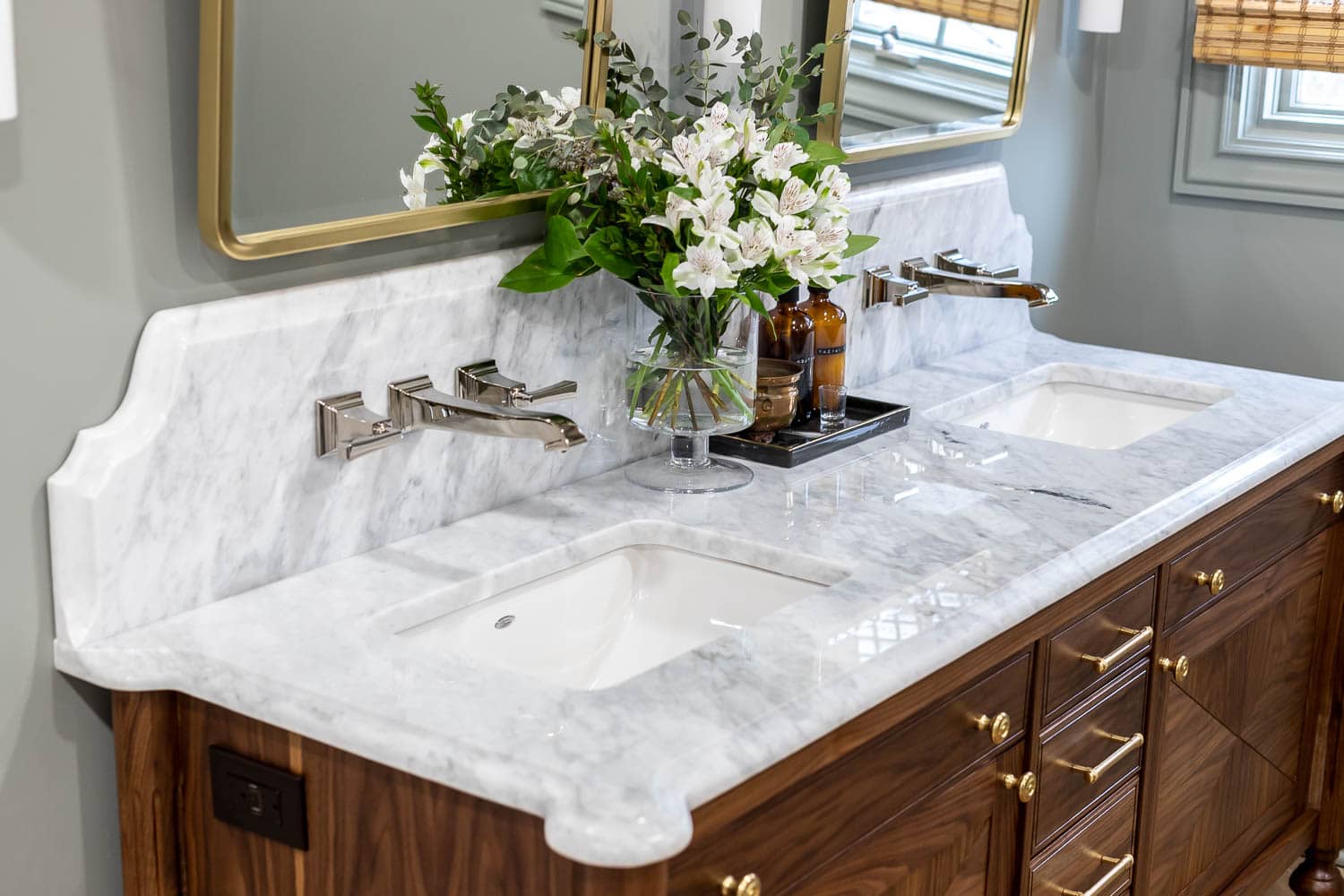
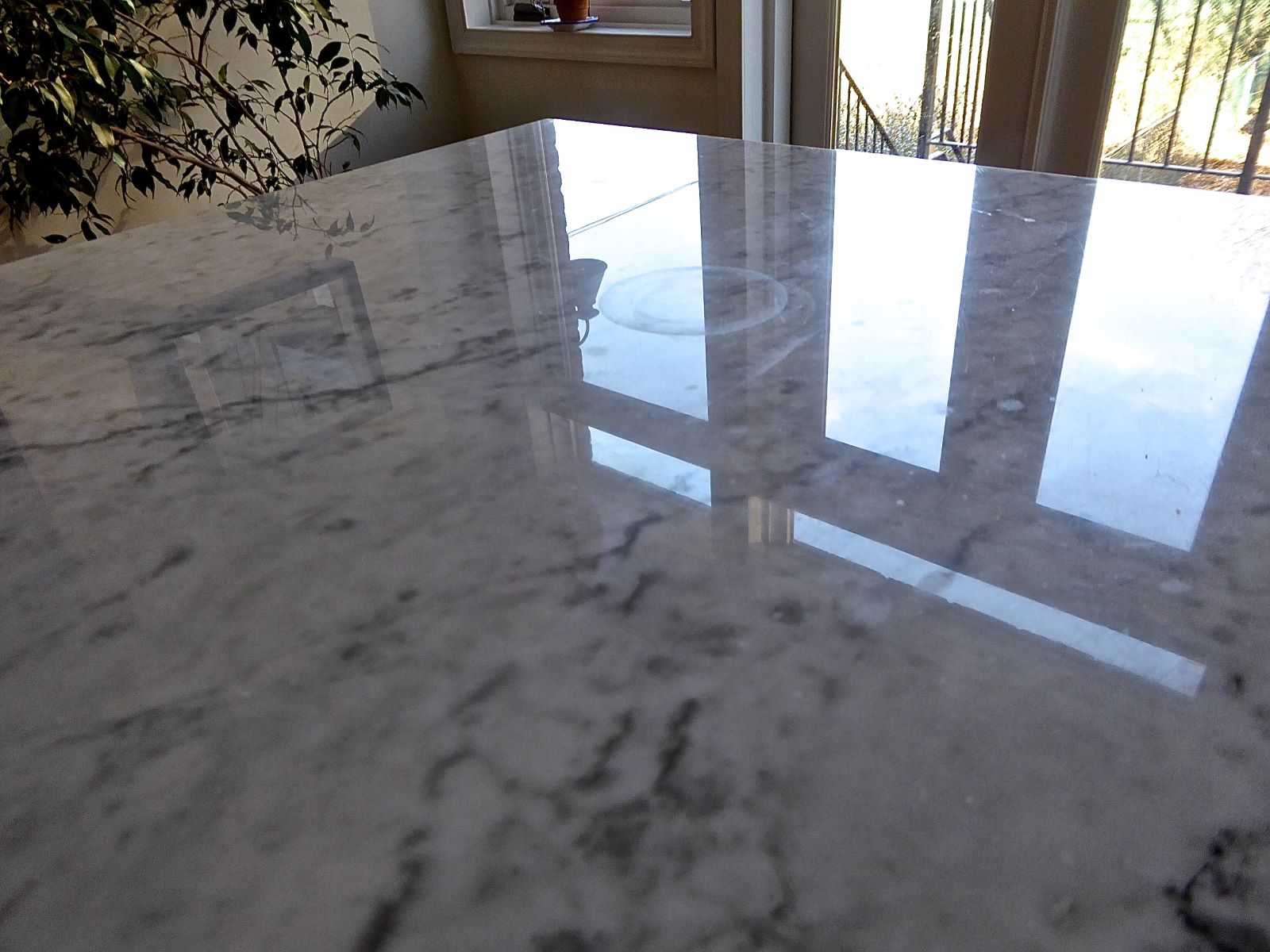
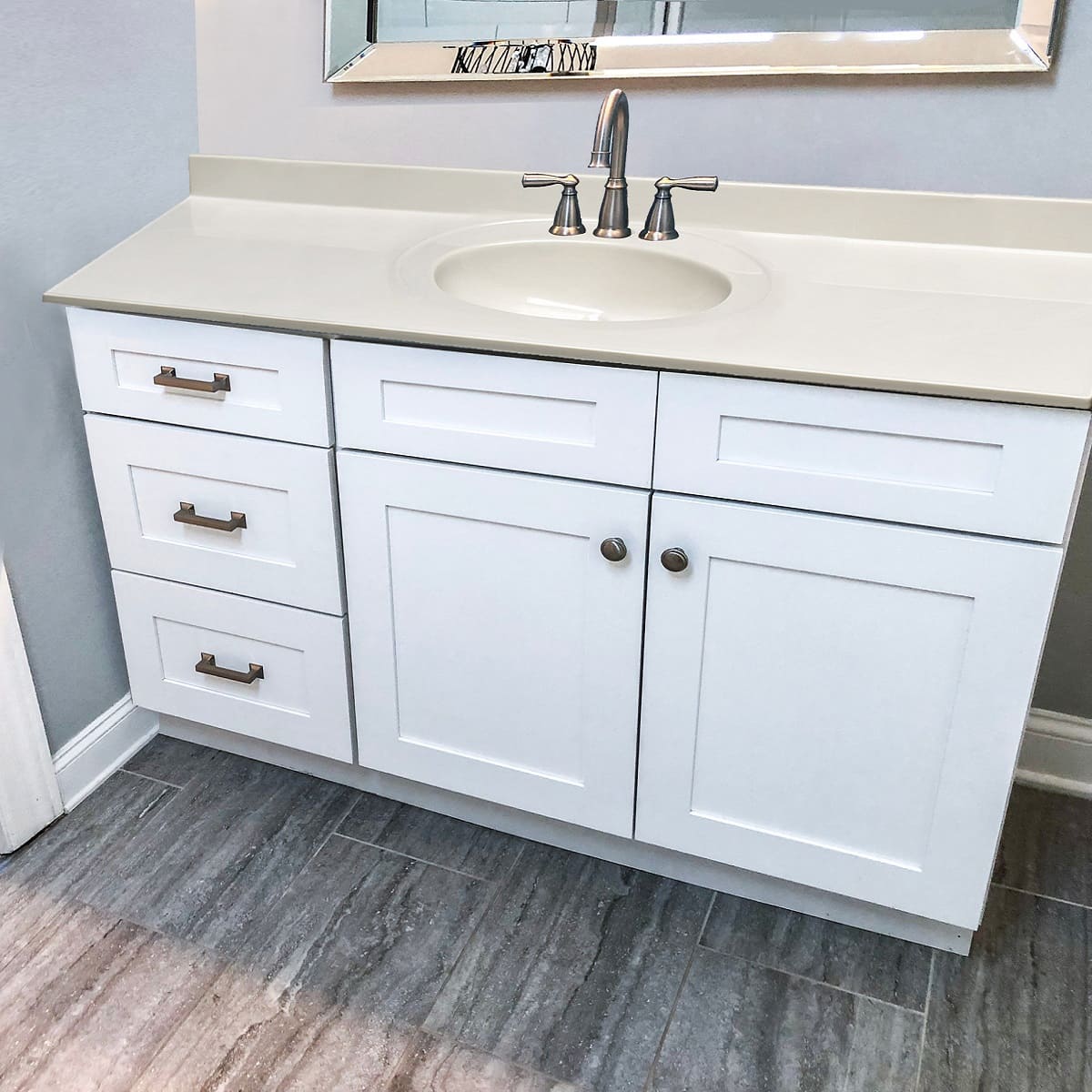
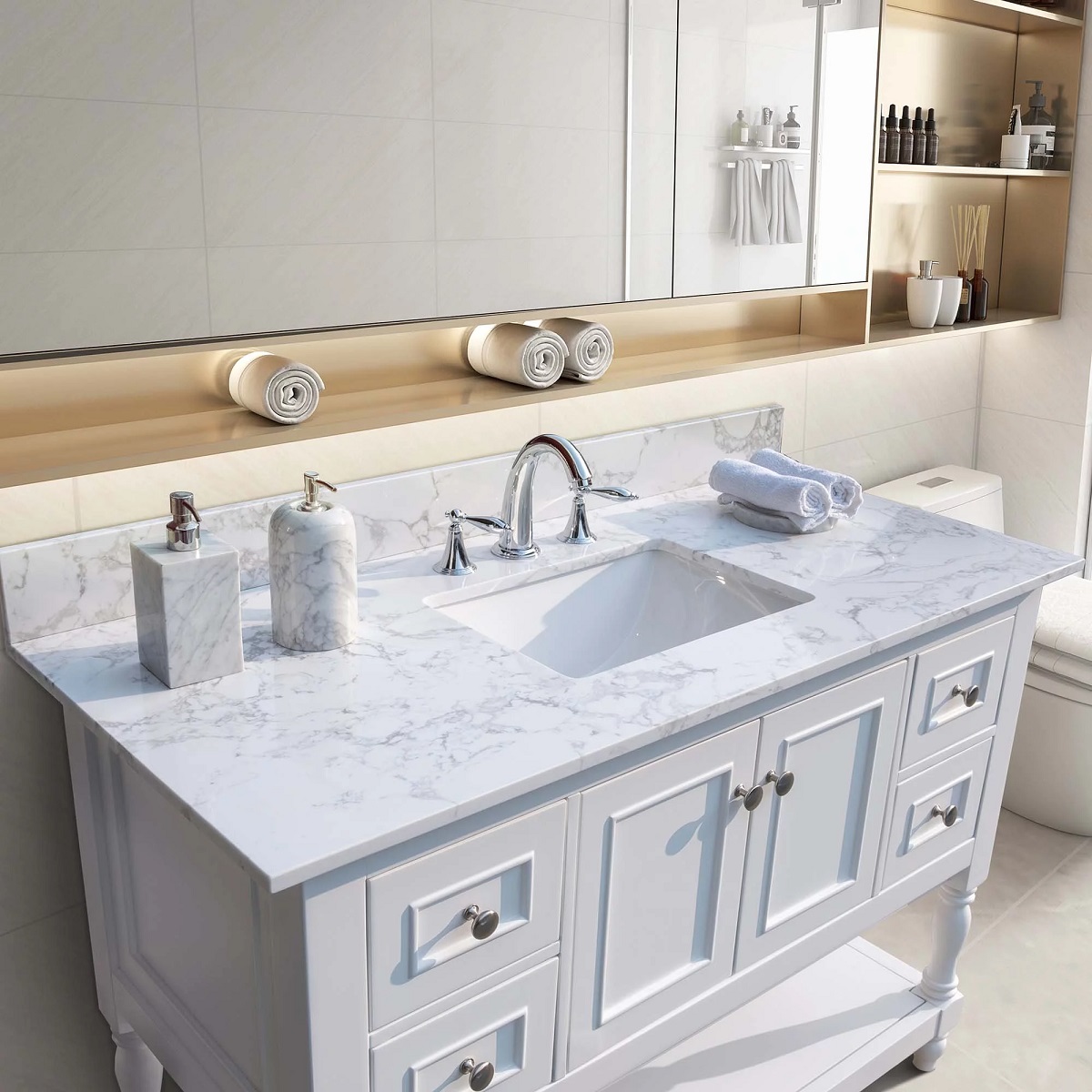
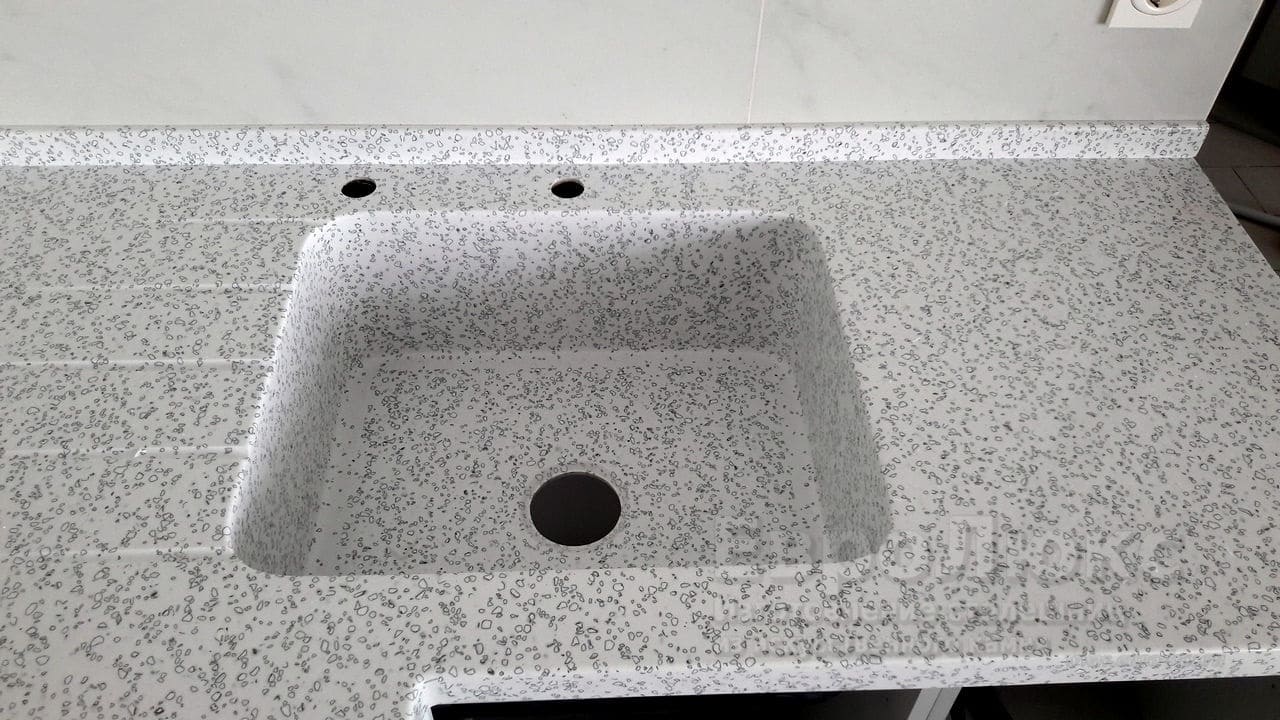
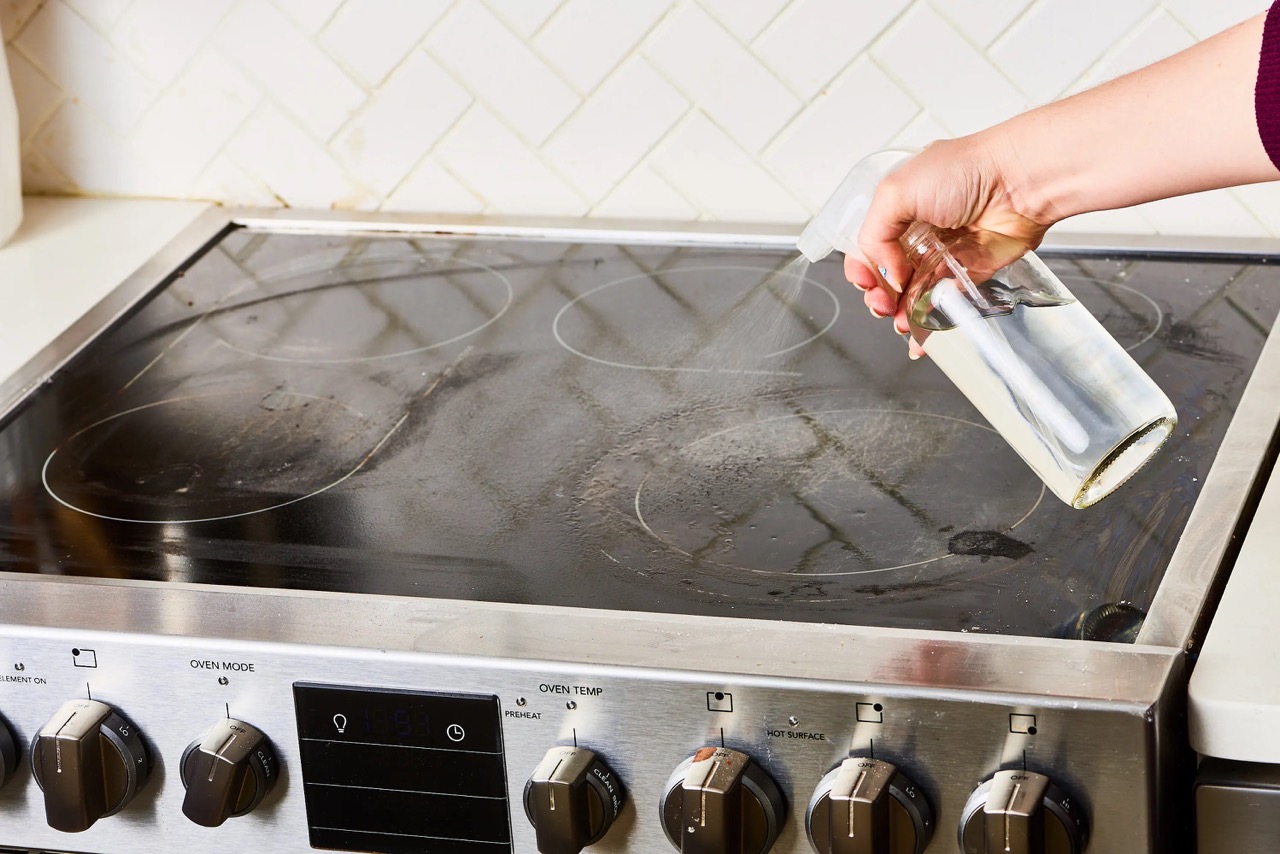
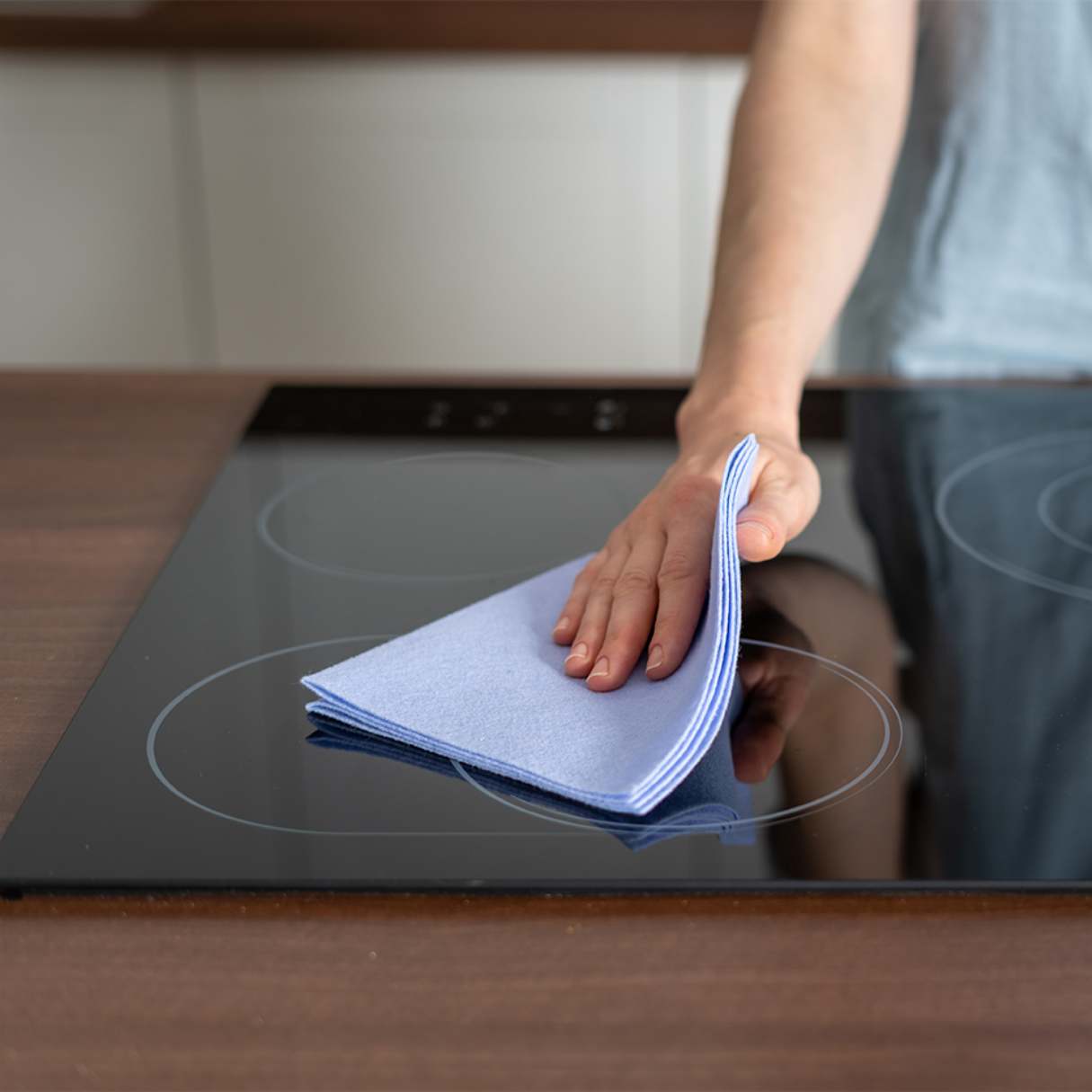
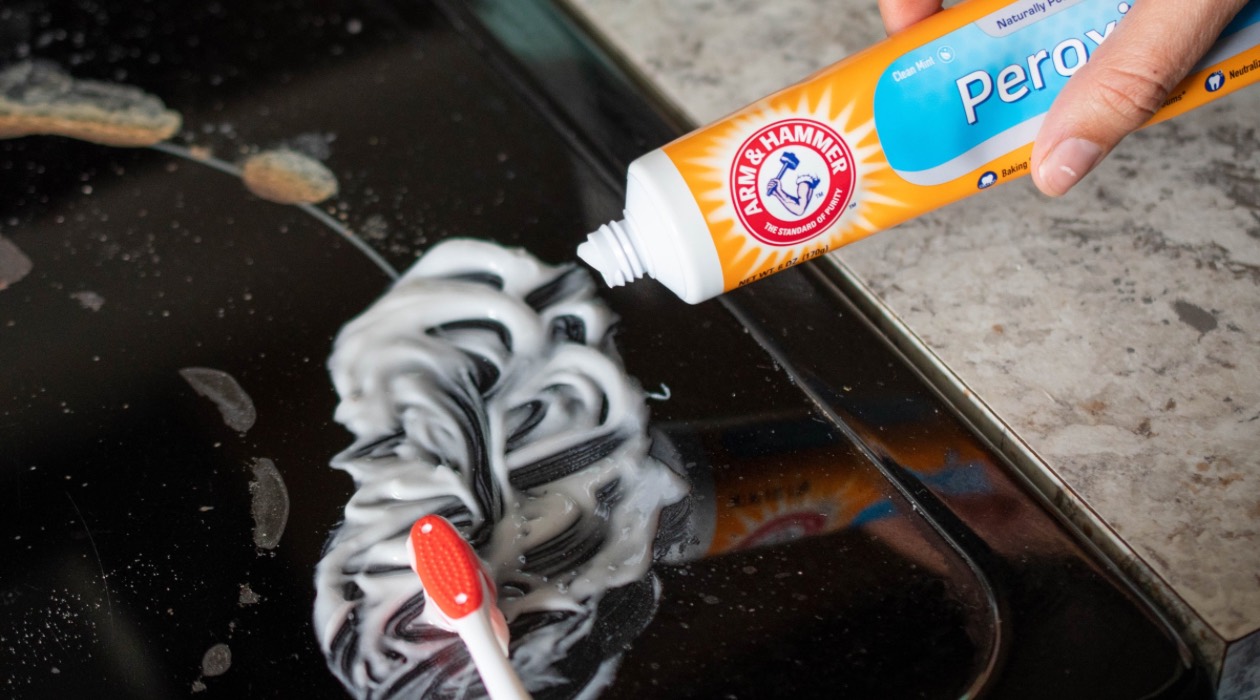
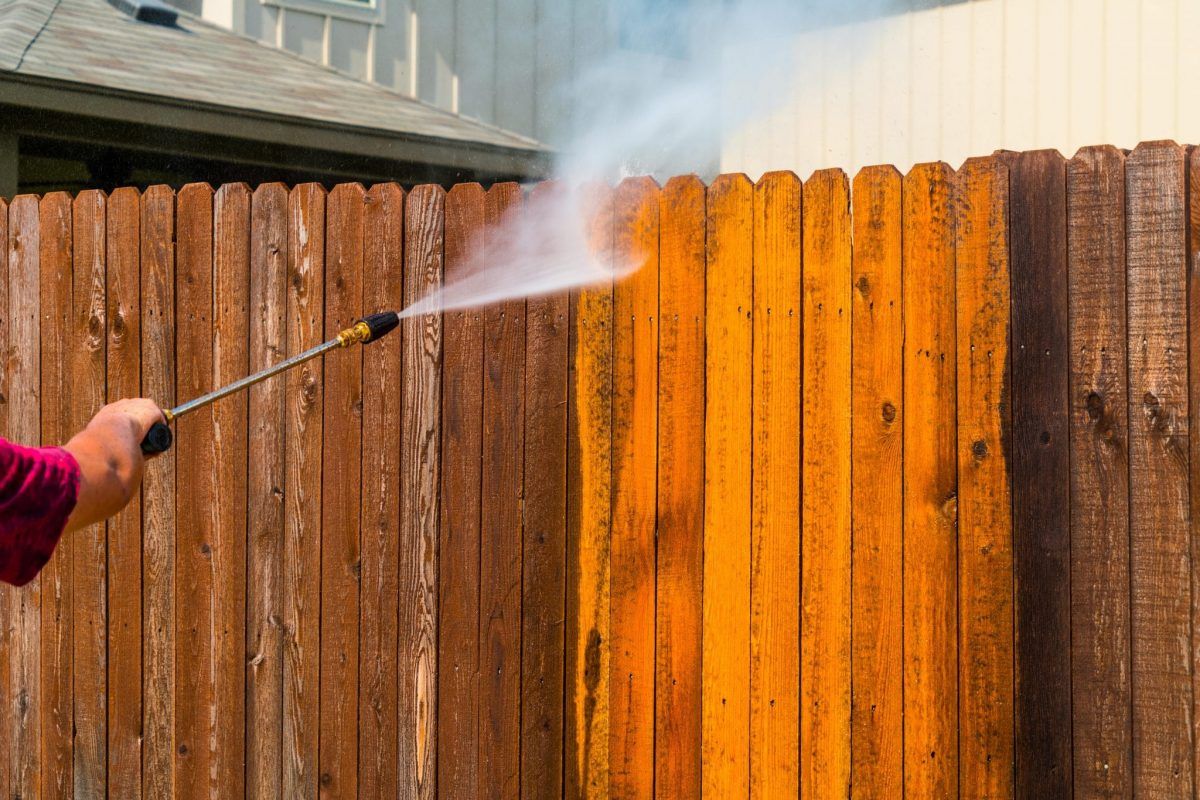
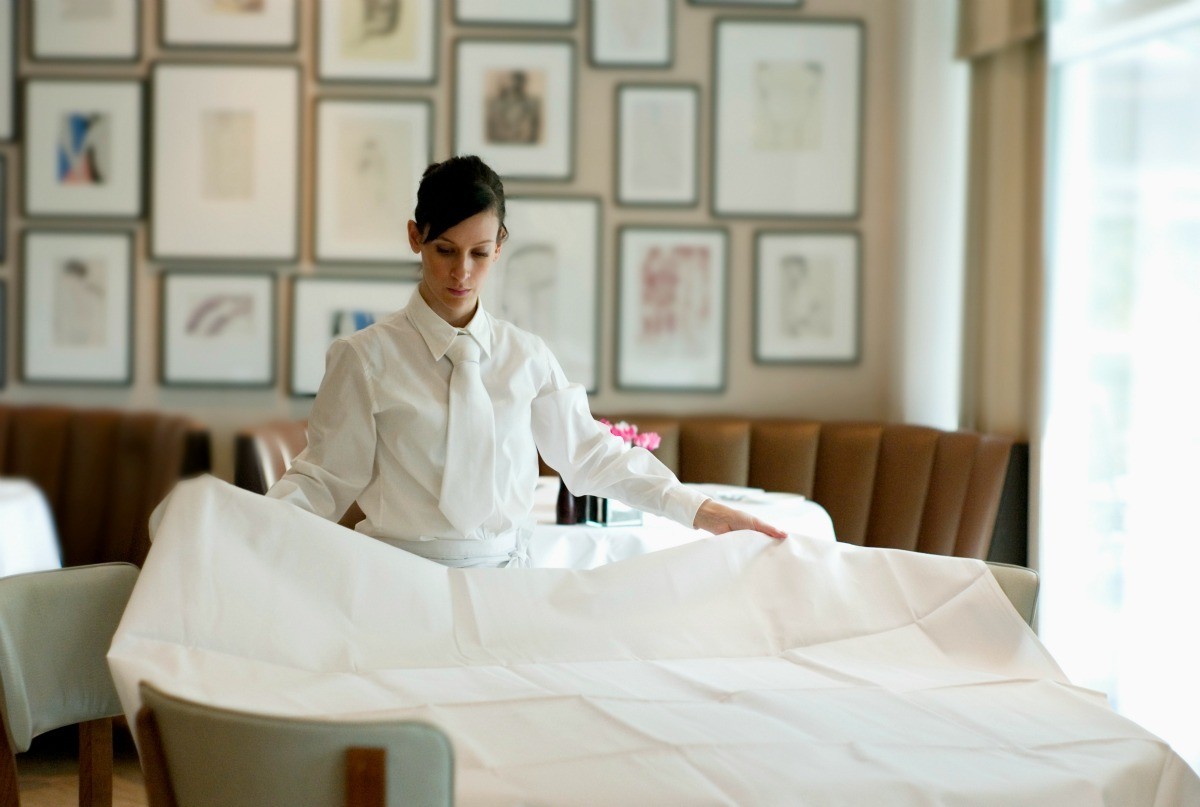
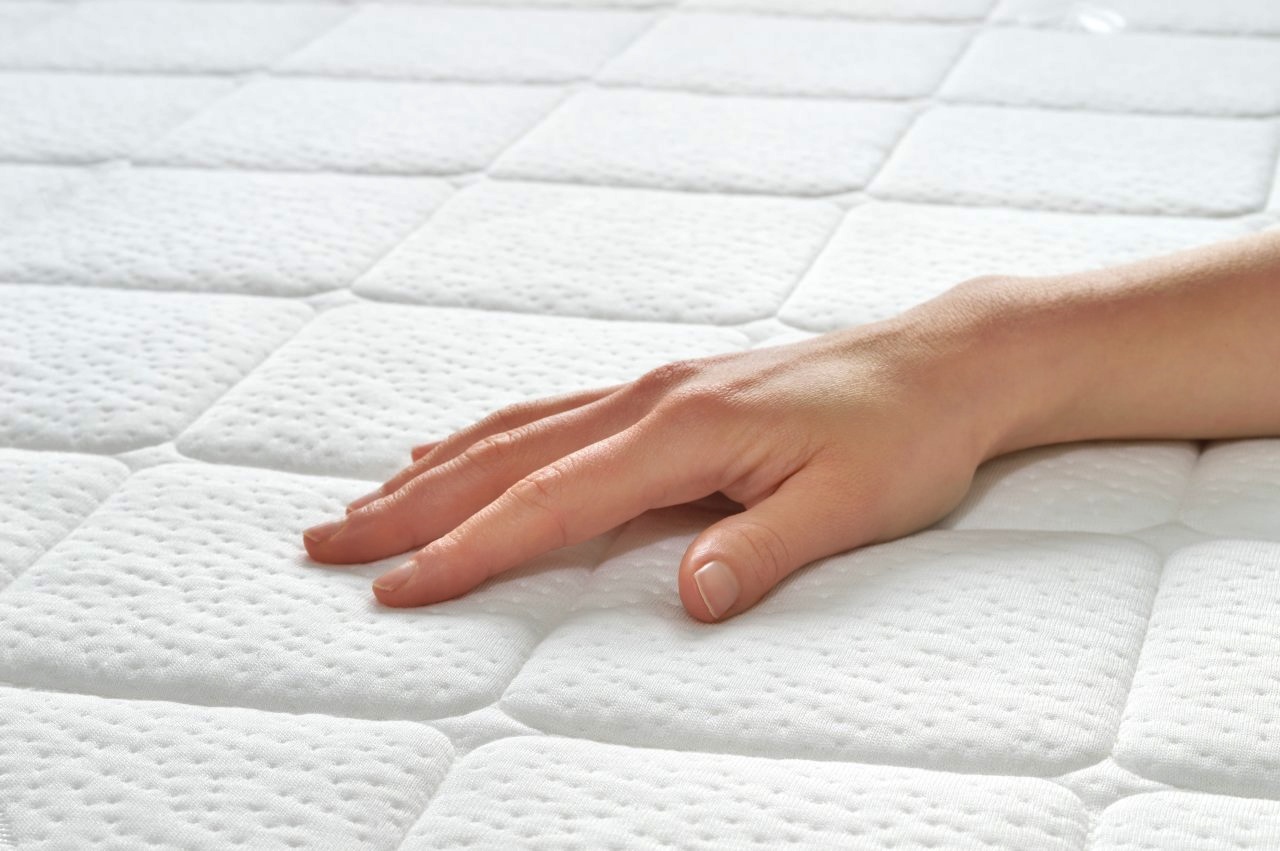
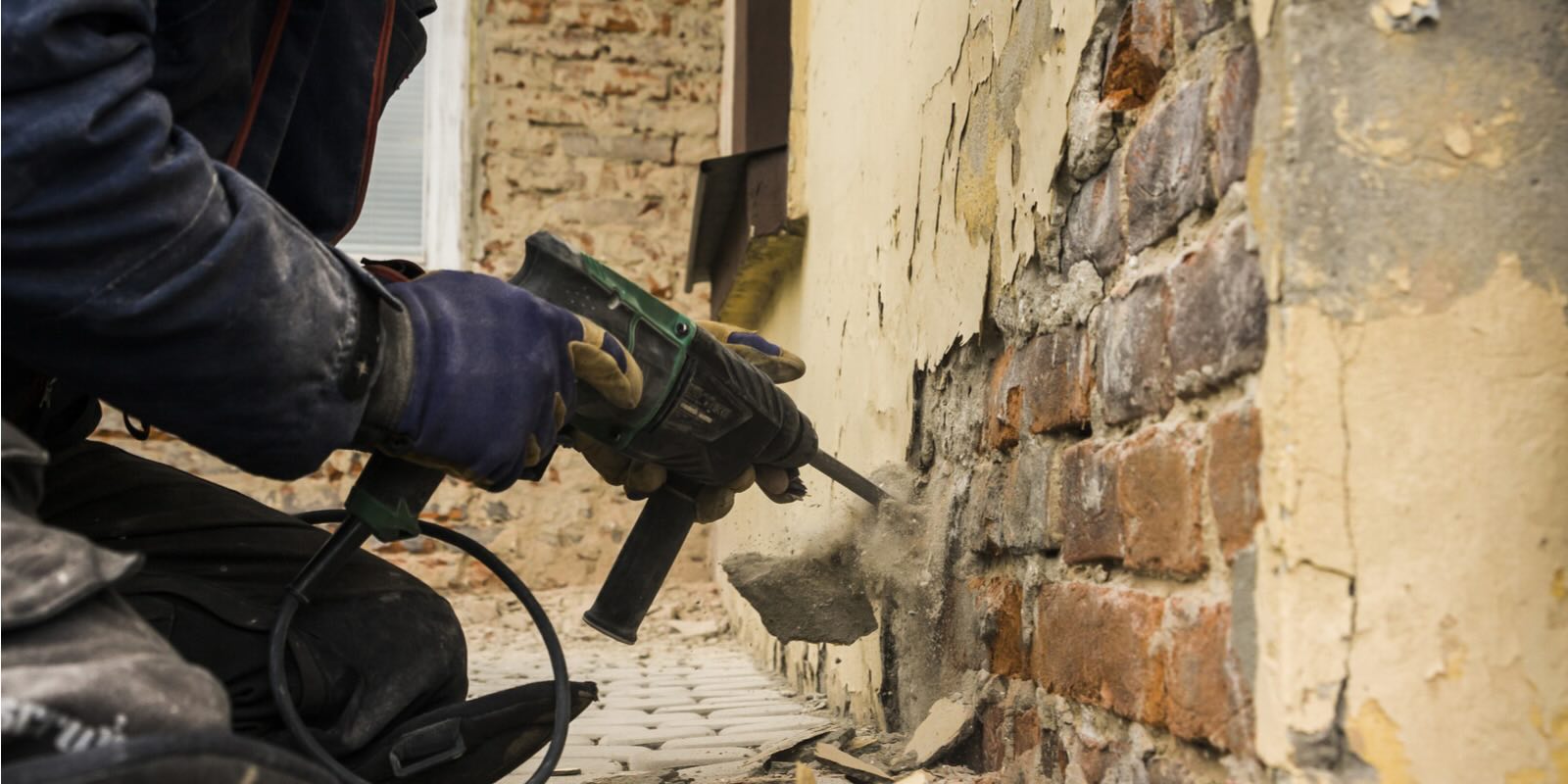
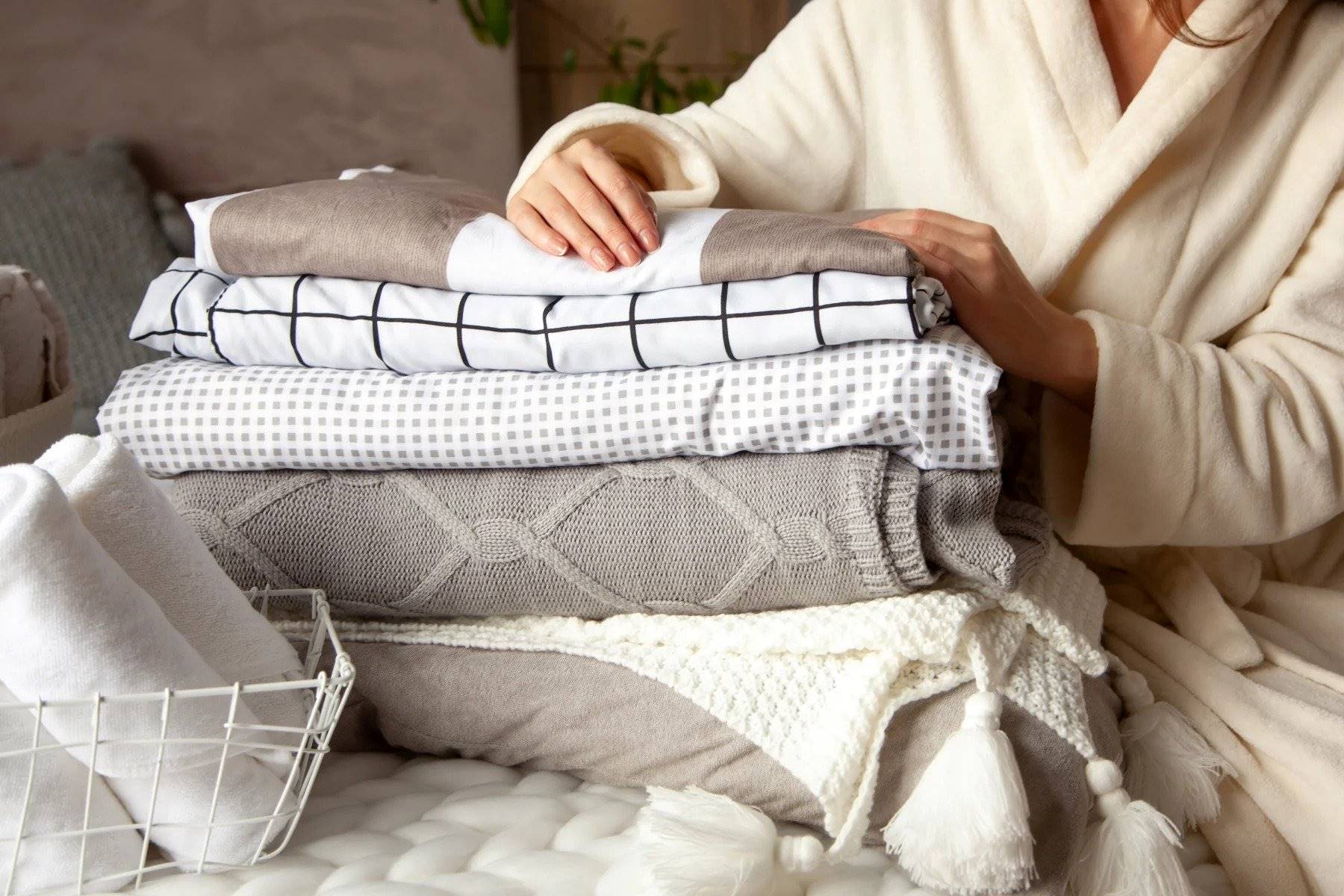

0 thoughts on “How To Remove Stains From Marble Vanity Tops”